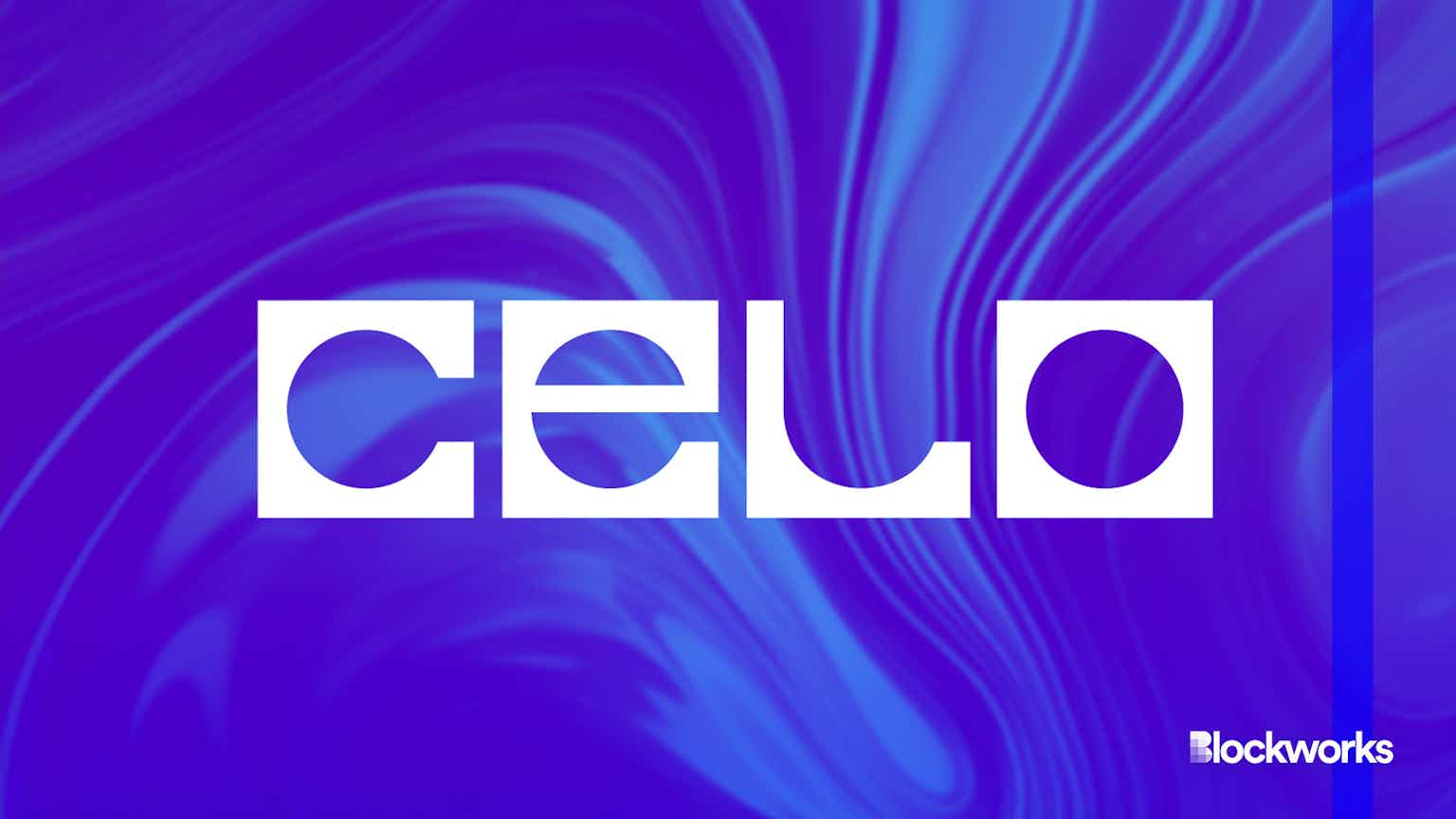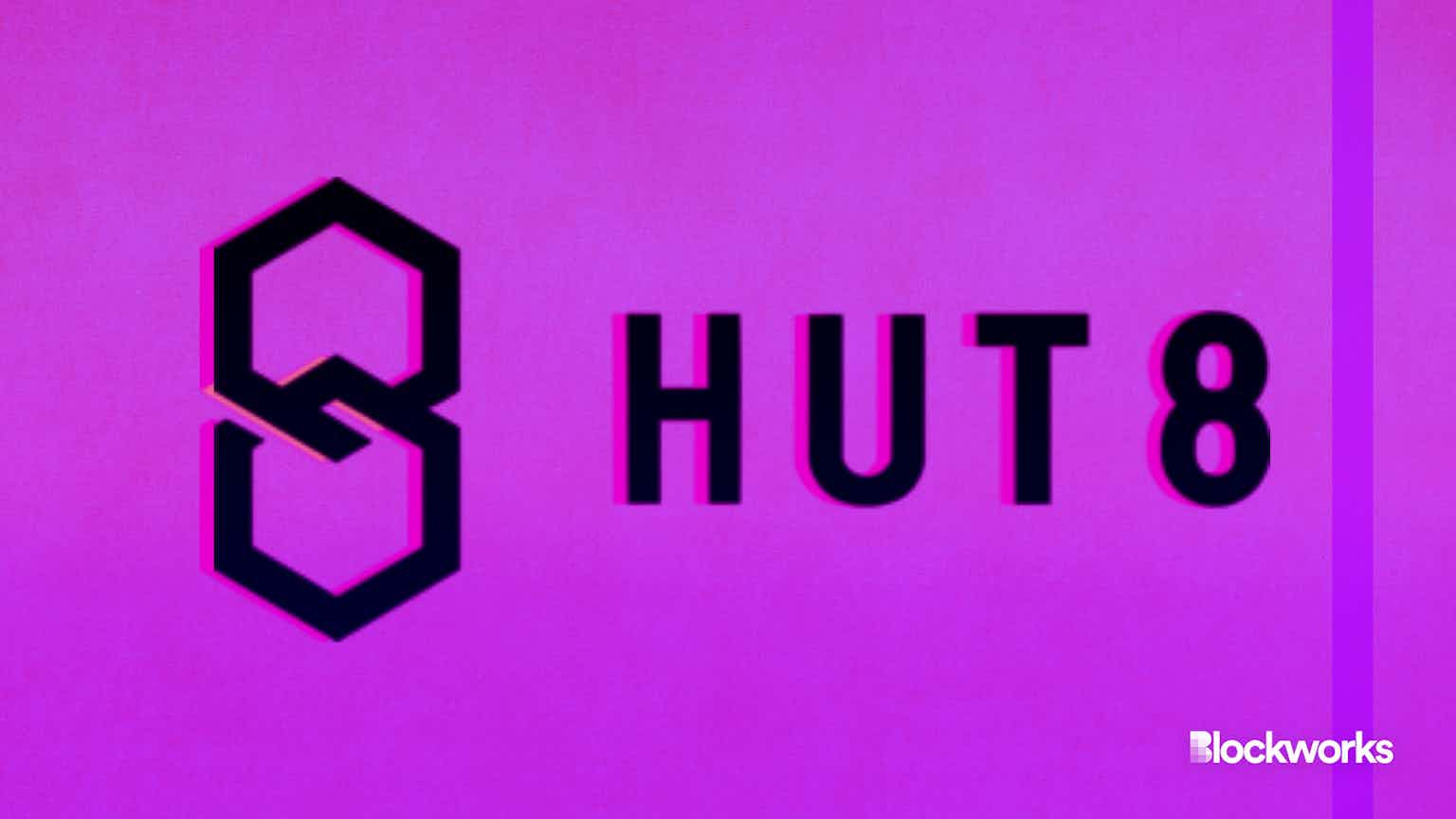Are 97% of Tokens on Uniswap Really Rug Pulls?
The report’s original intention was to show how artificial intelligence can be used to detect rug pulls on DEXes

Source: DALL·E
A report making the rounds among crypto traders this week claims 97.7% of tokens launched on decentralized exchange Uniswap V2 are rug pulls.
But the researcher behind it said the paper’s intention has been widely misinterpreted.
Rug pulls are when developers or promoters hype up emerging tokens without any plans to actually execute on their promises. The often-sophisticated scams absconded with $7.7 billion in 2021, according to Statista.
In an interview with Blockworks, Bruno Mazorra — a Ph.D. candidate studying blockchain, cybersecurity and cryptography at the University of Pompeu Fabra — said that his research which is making its way through crypto Twitter was intended to show how artificial intelligence (AI) technology could be used to detect scam tokens, rendering regulation unnecessary.
“I’m quite afraid that [the paper is being] misused,” he said.
Despite Mazorra’s intentions, users are concerned that the research could be co-opted by governments to dole out regulation.
The paper caught the attention of the likes of Scott Lewis, co-founder of analytics protocol DeFi Pulse, who criticized the researchers for misusing the term “rug.”
“Most of [the tokens] on Uniswap were low effort/low revenue phishing style scams, where the token tried to look like an established token. Same scammer could launch thousands of these,” he tweeted. “‘Rug’ is an exit scam and was not 97.7% of tokens on Uniswap.”
Maya Zehavi, CEO of Stealthy Venture Labs, also picked apart the report. She said that claiming 97% of Uniswap tokens were rugpulls was equivalent to “saying 97% of Twitter accounts are fake, but none were active during the last year.”
The original intention of the paper, according to Mazorra, was to show how you can use machine learning tools to detect scam tokens.
“This was not [a reason] for there to be more regulation in the crypto space, that is not the purpose of the paper at all,” Mazorra said. “We wanted to show how you could have the same impact without regulation.”
Mazorra also pointed out the paper — circulated by Nick Almond, the protocol leader of FactoryDAO — was a non-peer-reviewed version of the report that had been published in a bull market. An updated, peer reviewed version of the study can be found on the Multidisciplinary Digital Publishing Institute.
“It was much easier to do rug pulls in the bull market,” he said. “If we redo this paper in the bear market, I think our hypothesis or conjecture will change completely — how a scam would be deployed would be very different.”
Uniswap V2 is not the only decentralized exchange that allows users to launch tokens with very little value, Mazorra noted. In a hackathon at ETH Amsterdam, Mazorra and his research partner found similar results on Polygon and Uniswap V3.
Ultimately, Mazorra hopes his research and the machine learning tools he has developed can be a gateway for people to understand cryptocurrency tokens and make better investment decisions.
“We are just purely analyzing and understanding — we are not pushing for regulation,” he said.
Start your day with top crypto insights from David Canellis and Katherine Ross. Subscribe to the Empire newsletter.





